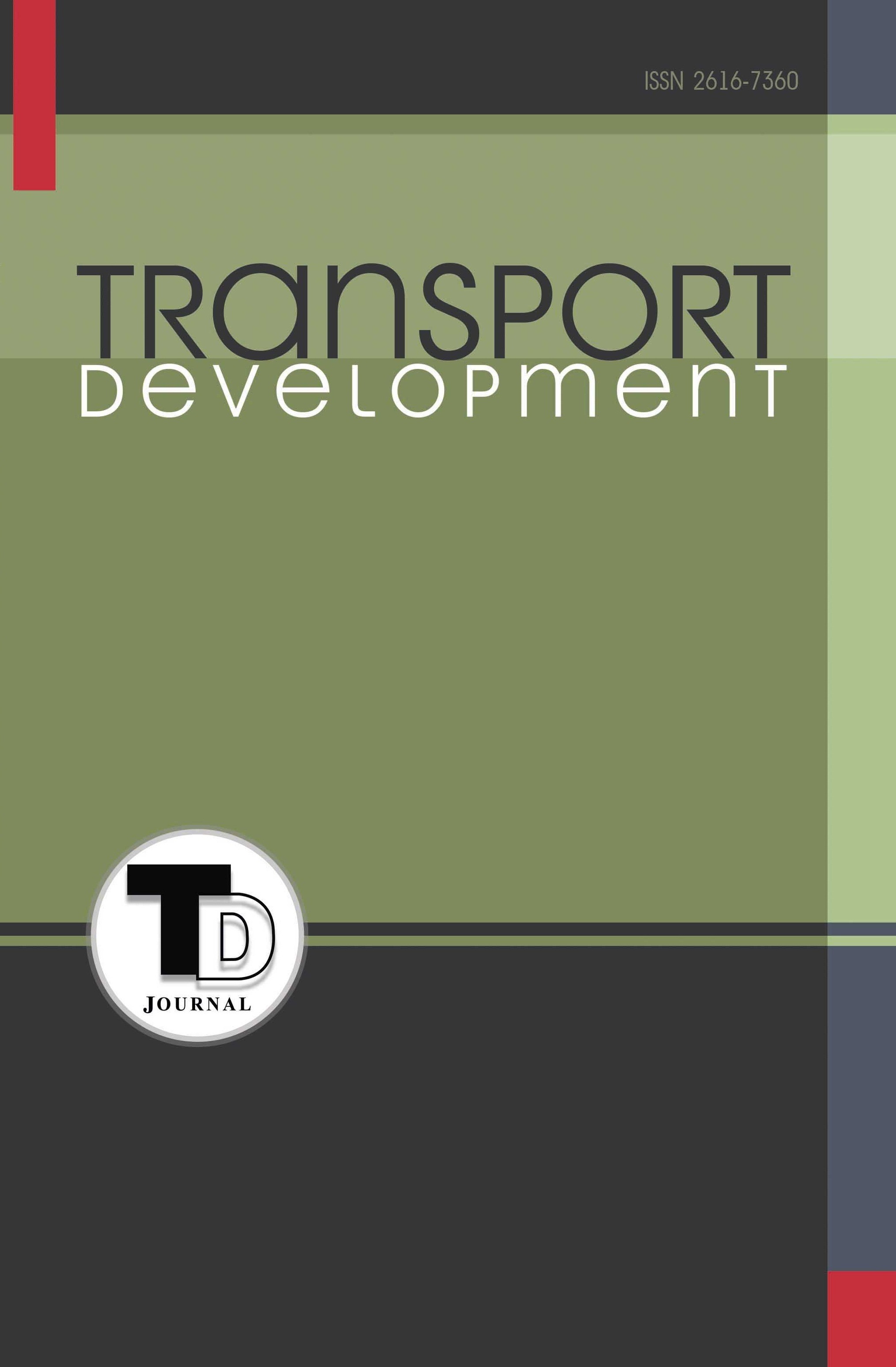MODERN METHODS OF SHIP SAFETY LEVEL ASSESSMENT AND WAYS OF ITS IMPROVEMENT
Abstract
Introduction. Transport safety is one of the top priorities in the field of international
shipping. Ensuring shipping safety has always been among the topical issues that are
given increased attention. Among the reasons causing accidents in the shipping industry
and directly influencing the statistics of accidents and fatalities, the human factor has
a special place. This aspect has a significant impact on a seagoing vessel during its
operation as an object of navigation safety. Purpose. The study of the concept of safety of
ships, defining the components of the human factor, its impact on the accident rate of the
world shipping, establishing a set of factors that form the human factor, its importance
for the safety of navigation and ways to improve it. Results. The paper considers the
theoretical aspects of the concept of ship safety, formulates the definition of the human
element and a set of factors that contribute to its formation. The author’s approach to
taking into account the human factor in risk assessment is proposed. Conclusions. As
a result of the study, the main factors that pose a threat to ship safety are identified;
regulations and principles of their application to ensure the safety of the vessel are
analyzed. The components of human factor exposure and individual human factors have
been determined. The results of the experiment on the level of crewmembers’ awareness
of the human factor are presented.
Downloads
References
2. International Maritime Organization (2003) Human element vision, principles and goals for the organization. IMO Resolution A.947 (23) adopted on 27 November 2003.
3. Правила обеспечения безопасности в судоходстве современности. Морской портал для любителей и профессионалов. 2016. URL: https://sea-man.org/bezopasnost-moreplavaniya-v-sovremennomsudohodstve.html.
4. International Maritime Organization (IMO) MSC.1/Circ.1598 dated 24 January 2019 «Guidelines оn Fatigue».
5. McKinsey & Company (2018) Delivering through diversity. McKinsey & Company, 55 East 52nd Street, New York, New York 10022.
6. Celik, M., Cebi, S. Analytical HFACS for investigating human errors in shipping accidents. In: Accident Analysis & Prevention, 2009, 66–75 pp.
https://www.newsinenglish.no/2019/06/24/navy-confirms-frigatescrapping/7. Плачкова Т.М. Людський фактор у забезпеченні безпеки мореплавства: правові засоби зменшення впливу. Lex Portus : юрид. наук. НУ «ОЮА», ГО «МА Святий Миколай». 2017. № 2. C. 182–197.
8. Григорьев Н.Н., Сигаев Д.Б. Формы и эффективность международной морской организации при борьбе с усталостью моряков. Вестник государственного университета морского и речного флота им. адмирала С. О. Макарова. 2017. № (3 (43). С. 506–515.
9. Власні авторські дослідження, виконані авторами публікації протягом 2017–2020 років серед екіпажів суден з українськими моряками.
10. Гриняк В.М., Девятисильный А.С., Шуленина А.В. Оценка эмоциональной нагрузки на судоводителей в условиях коллективного движения. Вестник государственного университета морского и речного флота им. адмирала С. О. Макарова. 2019. № 11 (4). С. 640–651.
11. Фадюшин С.Г. Человеческий фактор судовождения в аспекте кибернетического подхода. Вестник государственного университета морского и речного флота им. адмирала С. О. Макарова. 2018. № 10 (5). С. 922–935.
12. Шахов A., & Бичковский Ю. Оцінка впливу людського елементу на безпеку морського судноплавства. Розвиток методів управління та господарювання на транспорті. 2020. № (2 (71). С. 102–112. https://doi.org/10.31375/2226-1915-2020-2-102-112.





